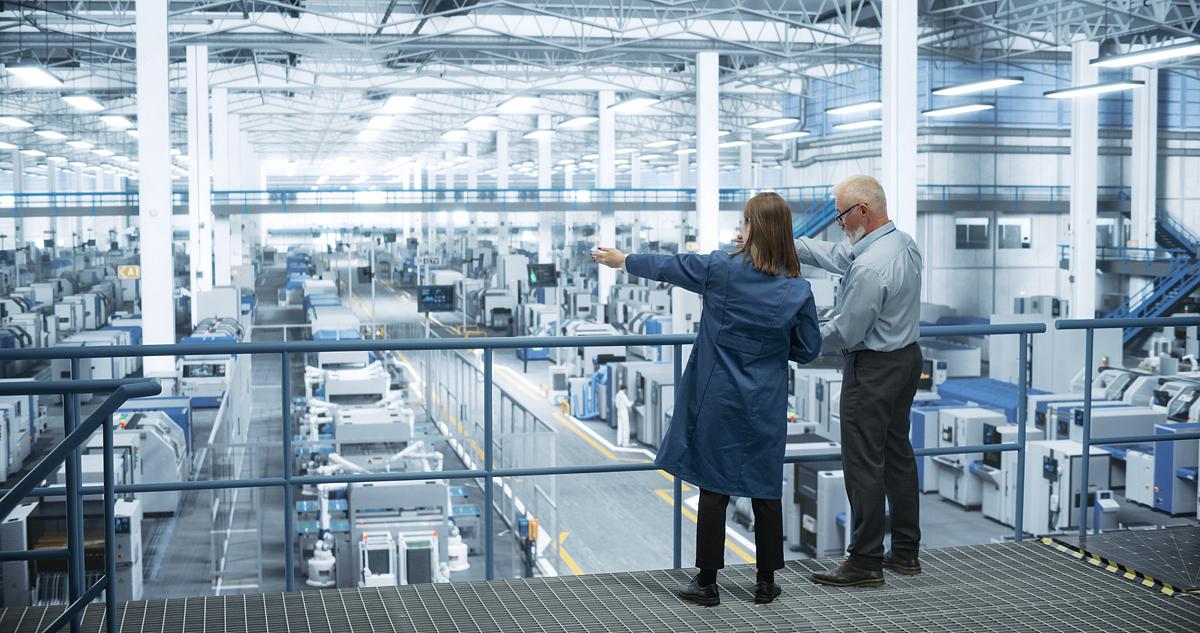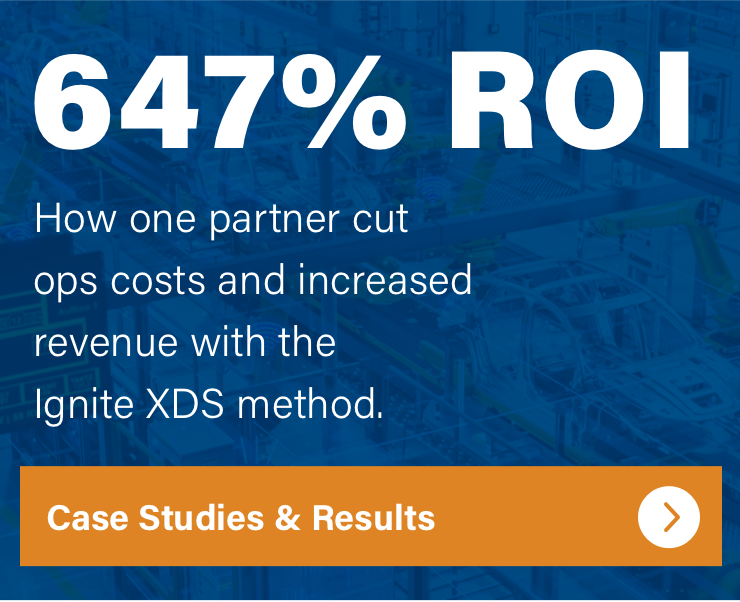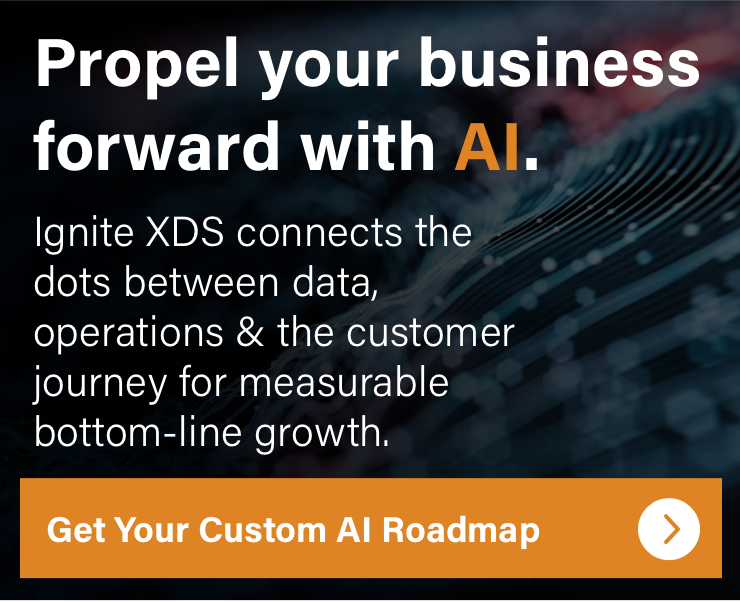
The Quiet Revolution: How OEMs Are Reclaiming the Buyer Relationship
In industrial manufacturing, a quiet revolution is underway.
For decades, the distribution channel defined how products reached customers. Distributors owned the relationships, controlled visibility, and shaped buyer expectations. But that model is being rewritten, not because of disruption from competitors, but because of a new kind of buyer.
Buyers aren’t waiting anymore.
Today’s engineers, purchasing managers, and plant leaders expect information and answers instantly, whether it’s a datasheet, a CAD model, or a quote. If an OEM’s website can’t deliver that experience, they’ll go somewhere that can.
That shift is pushing manufacturers to build something they’ve rarely had to own before: a digital customer experience.
The problem most OEMs face
Many industrial companies have spent years layering systems rather than evolving them.
- Product data sits in outdated ERP systems.
- Thousands of pages of manuals and spec sheets are locked away in PDFs.
- E-commerce is treated like an experiment instead of an integrated sales engine.
As a result, even as buyers move online, the manufacturer’s digital front door doesn’t match the sophistication of its engineering. And distributors, once a critical bridge, are finding that digital buyers don’t need as much “bridging” anymore.
Why The Most Forward-Thinking OEMs are Changing Course
The smartest OEMs aren’t cutting distributors out. They’re simply taking back ownership of the buyer journey, from discovery to configuration to purchase. It starts with something deceptively simple: turning technical knowledge into structured, accessible content.
We’ve helped one multinational OEM do exactly that, transforming its entire library of product documentation into searchable, AI-driven knowledge that supports both customer service and e-commerce.
Instead of letting PDFs collect digital dust, they became living assets that:
- Power chat and search tools that help engineers find the right product instantly
- Feed SEO and AI models that make the company the authority in its niche
- Shorten onboarding time for new sales and support staff by months
The result? A manufacturer that feels modern, without having to replace its entire tech stack overnight.
The Impact on Channels
This digital evolution doesn’t eliminate distributors, it redefines their role. When OEMs build direct digital relationships with buyers, distributors can focus on what they do best: service, logistics, and regional expertise.
But when OEMs fail to modernize, they unintentionally make distributors, or worse, competitors, the digital face of their products.
In an era where the customer journey starts with a Google search or an AI chat window, who owns the data and the experience owns the market.
Where the Next Advantage Lies
Industrial companies that act now have a rare window of opportunity.
The next phase of growth won’t be about who has the biggest catalog, it will be about who has the most connected knowledge.
The ability to:
- Make content conversational and searchable
- Tie documentation, inventory, and configuration together
- Blend self-service with expert assistance
That’s how OEMs build resilience, margin, and brand power in the decade ahead.
The revolution is already happening quietly.
The question is whether your company will lead it or react to it.
At Ignite XDS, we help industrial OEMs modernize the way they sell, serve, and scale. That means transforming legacy knowledge into searchable systems, aligning go-to-market around real buyer needs, and reclaiming control of the customer journey, without ripping out your tech stack. Growth doesn’t require disruption. It requires clarity.


